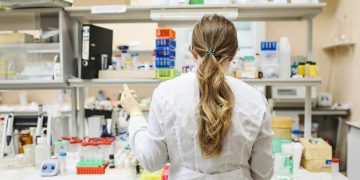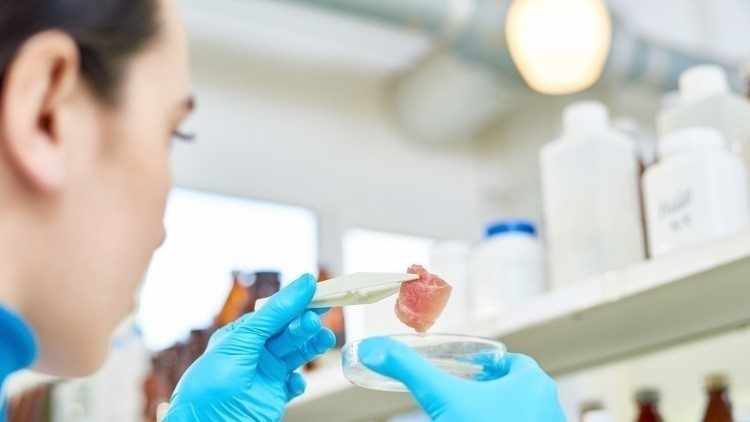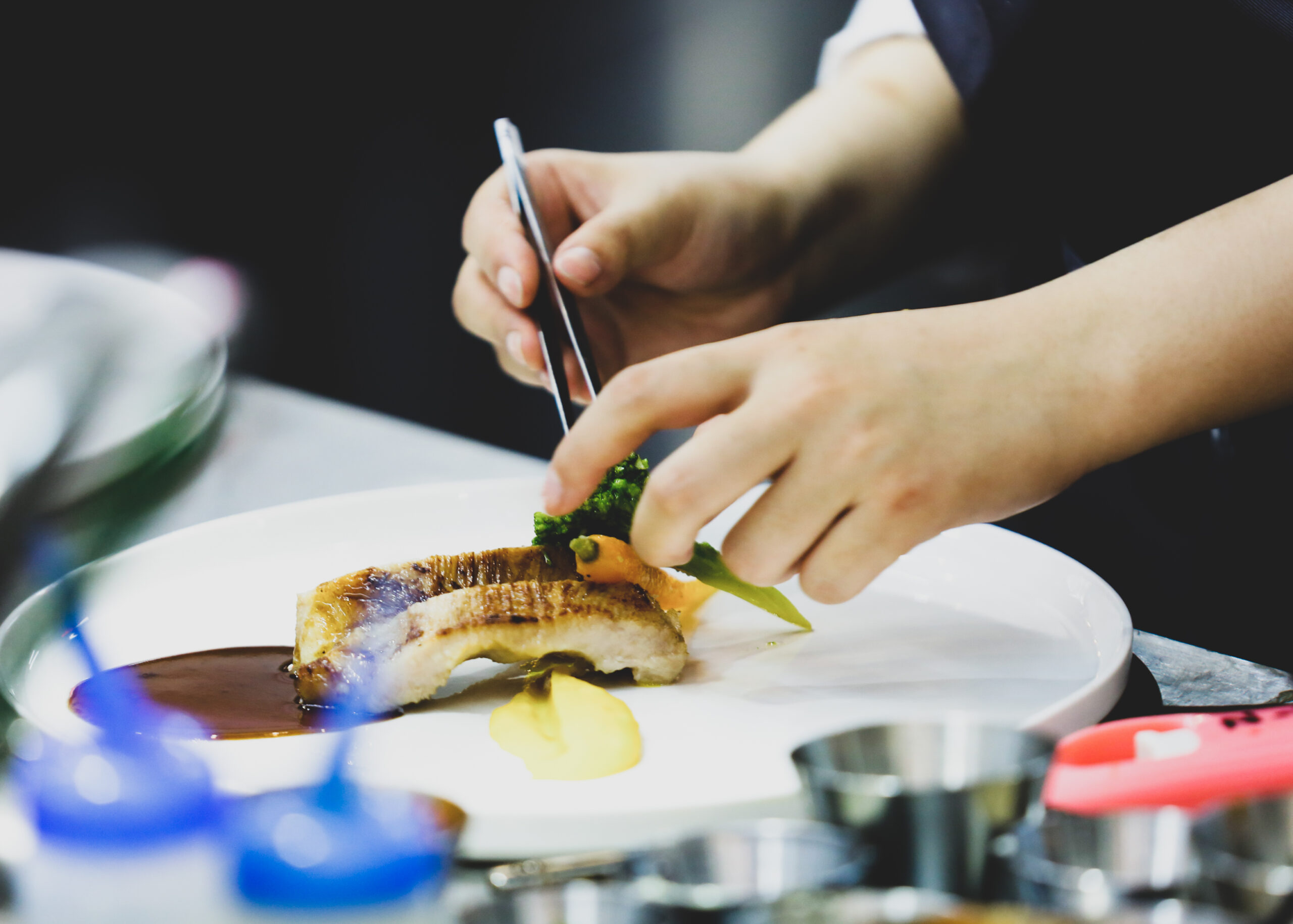By BYKIERAN MULVANEY
It’s “the same thing as traditional meat,” scientists say, but with “the animal taken out of the equation.”
This month, diners in San Francisco and Washington, D.C. will be the first in the U.S., and among the first in the world, to chow down on what some argue is the food of the future: meat produced in a laboratory.
In June, the U.S. Department of Agriculture approved the production and sale of chicken meat by two companies—Upside Foods and Good Meat—who will each initially partner with a restaurant (Upside with Bar Crenn in San Francisco, and Good Meat with José Andrés’ China Chilcano in the nation’s capital) with the hope of ultimately marketing other lab-grown meats and making them all available in supermarkets and restaurants.

The USDA decision makes the United States the second country, after Singapore, to legalize what its backers call cultivated or cultured meat, a significant boost to an industry that just a decade ago was purely science fiction. Today, it’s being developed by upwards of 150 companies to the tune of $896 million in investment in 2022 alone.
But what is cultured meat, and why are so many people so interested in it?
How is cultured meat made?
Cultured meat is “taking cells from animals that normally produce meat for us and using those cells as the powerhouse to grow the meat outside of the animal,” explains David Kaplan, director of the Tufts University Center for Cellular Agriculture.

Adds Claire Bomkamp, lead scientist for cultivated meat and seafood with the Good Food Institute, it is “the same thing as traditional meat” but with “the animal taken out of the equation.”
** Click here to read the full-text **















